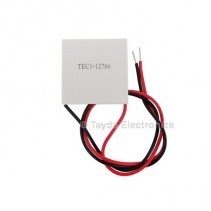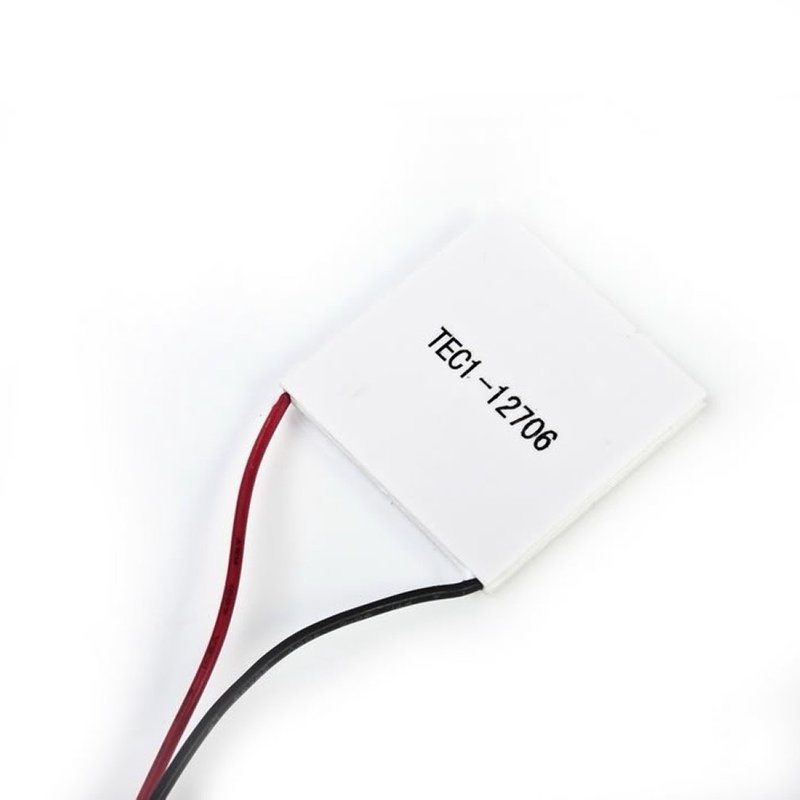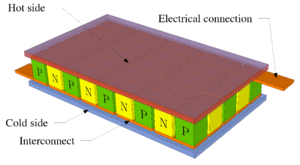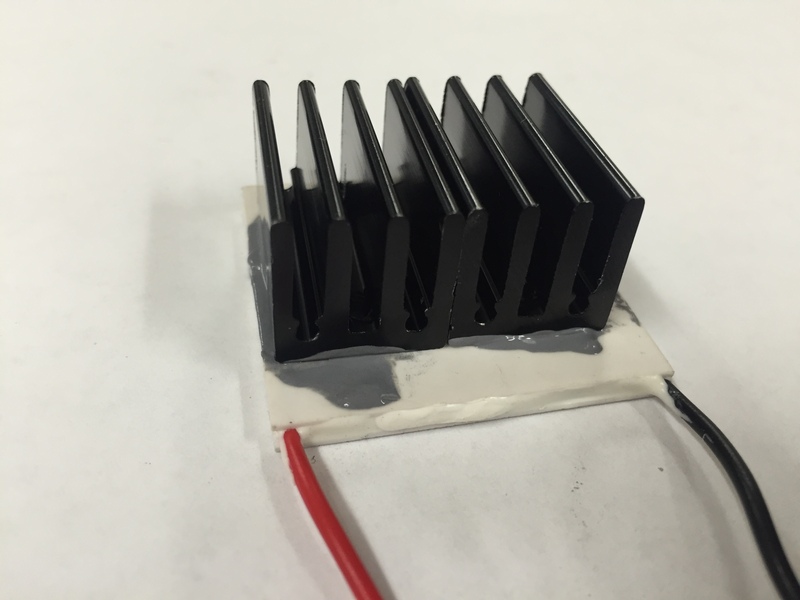Featured Product: Thermoelectric Coolers

The Thermoelectric Cooler (TEC for short) transforms electrical current into thermal energy and is able to cool things down semi-efficiently becuase you can't just magically pull heat out the air! The TEC uses physical properties of semiconductor materials to generate rather interesting thermodynamic properties. Thermoelectric Coolers are one of my favorite pieces of electronic equipment becuase of their wide variety of uses and the fascinating combination of engineering and physics that allows Thermoelectric Coolers to work properly.
TEC's are also commonly called Peltier's or Thermoelectric Generators (TEG's) though the exact physical properties of a TEC and a TEG are slightly different and the TEC's on Tayda Electronics are in fact Thermoelectric Coolers.
TEC's are often found in a small low heat ovens, or small electrically powered coolers. They are pretty power hungry and inefficient at a larger scale but are becoming more efficient over time. You may soon see an at home refrigerator that is completely silent and runs on thermoelectric coolers.

Thermoelectric Coolers operate using the Peltier effect or the Thermoelectric effect. The Peltier effect is the presence of heating or cooling at an electrified junction. In the case of thermoelectric generators those junctions are N doped and P doped semiconducting material. Since we drive the current in between these two semiconducting materials either energy is absorbed or released at the junction, this depends on the junction that the current is driving over. Either heating or cooling the respective junction. When placed in a proper array the effect is multipled over the numerous junctions and a large temperature differential develops.

These specific Hebei Thermoelectric Coolers at Tayda Electronics do not have much going on. They have a two leads into one side of what looks like a small white box. Their not super heavy but they're not light in weight and they have a stamp on one side. If you hook up a power supply between 0 and 12 V and hook the red lead to the positive and the black lead to the ground you will quickly feel a difference. Don't plug it in for too long as you can 'burn' the hot side out without proper care. You really need a heat sink on the hot side. On most of these Thermoelectric coolers the Hot Side is the side with the stamp, but do not bank on that as I have at least one that has the stamp on the cool side. You're not going to ruin the TEC by plugging it in for a few seconds and figuring out which side is hot and which side is cold. I would reccomend using a dedicated heat sink that is designed for standard sized Thermoelectric Coolers or using thermal paste to get a good junction between your Thermoelectric Cooler and a heatsink.
Talking about that stamp on top! This is actually a naming convention for Thermoelectric devices. The TE stands for Thermoelectric and you would think the C stands for cooling but it actually stands for Standard, which references the size of the TEC (the other option here is S for small). Then the 127 represents the number of couples or p-n junctions that drive the peltier effect. Finally the 06 stands for the current draw. Tayda currently sells the TEC-12705, TEC-12706 and the TEC-12710. These are all general purpose Thermoelectric Coolers.
One really interesting thing about TEC is that while they are made for cooling things down, you can create electricity with them. When there is no current present but there is a temperature differential the TEC will drive a current back on the leads. So if you get a nice heat sink and place it on the cool side of the TEC and then place the hot side on or near something warm and hook up a multimeter you should see it drive a small amount of current. These are not designed to drive current in this way so they are less optimal then a dedicated Thermoelectric Generator, but they are still capable of generating electricity.
Thermoelectric Coolers at Tayda Electronics:
10A Variant can be found here.
6A Variant can be found here.
5A Variant can be found here.
I have found that the best heat sinks that fit on this Thermoelectric Cooler are these guys available here. Two of these fit nicely on one Thermoelectric Cooler. Also keep on the look out for heat sinks that are sized properly for standard sized thermoelectric devices. The photo below shows my TEC-12706 with two of these heat sinks on top of it. I can feel the heat in the heat sinks which means the heat is transferring decently well. I will update soon when I can get a thermometer to measure the actual temperature difference. But I can say that the TEC gets very very cold to the touch.

Also thermal paste is available at Tayda Electronics here.
Have an idea on what to build with a Thermoelectric Cooler. Share in the comments below. We would love to hear what you think about Thermoelectric Coolers and what cool things you have built with them below. Also do not hesitate to ask any questions on the Thermoelectric Cooler we are here to help.